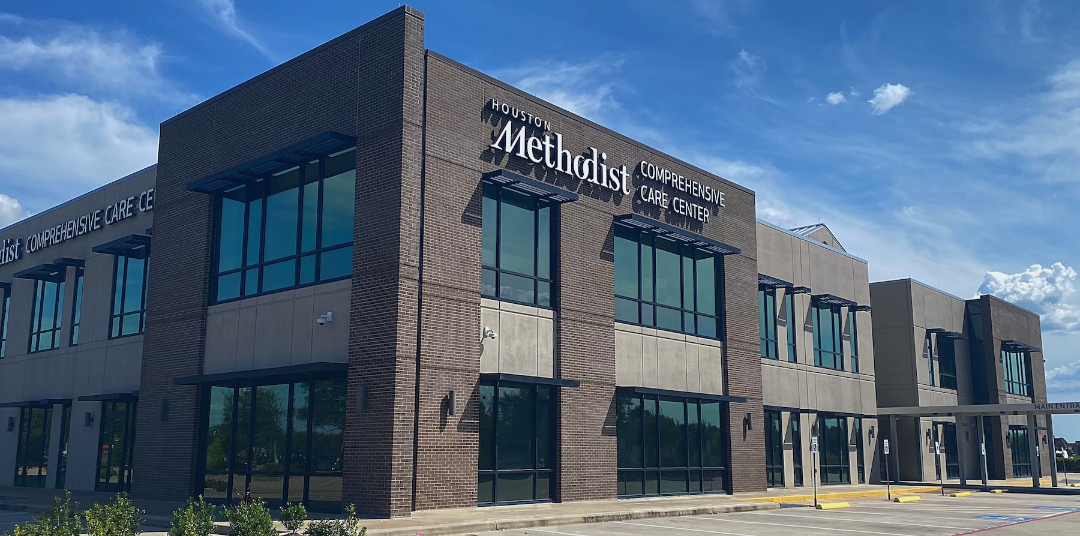A strong ambulatory care network is an important part of modern healthcare delivery.
As a real estate service provider focused on the healthcare sector, for over 20 years I have had the privilege of assisting health systems and other healthcare providers in establishing and executing real estate strategies that improve and expand their ambulatory care network.
An ambulatory care network refers to a network of healthcare facilities that provide outpatient medical care and services to patients who do not require overnight hospitalization. These facilities can include:
- Medical Office Buildings
- Primary Care and Specialty Clinics
- Outpatient Surgery Centers
- Diagnostic and Imaging Centers
- Urgent Care Centers and freestanding EDs
In this article, I will discuss the top ambulatory care real estate strategies that can best serve the needs of your patients and your company’s performance.
Expansion Outside Your Existing Service Areas
While it is critical to provide quality patient services inside your primary service region, it is also critical to explore opportunities outside your primary service area, particularly in fast-growing metropolitan areas. Expanding your network can help you improve your market share and access a larger patient population, which leads to better patient outcomes and higher operating income.
Expanding your ambulatory network can also extend beyond the expansion of locations to new geographical market areas. Healthcare providers are becoming more adept at choosing what services to offer and where to offer them. Many health systems are expanding their networks through partnerships, such as with urgent care providers.
The Use of Analytics for Healthcare Site Selection
Using predictive analytics to pick locations for new ambulatory care facilities can help you make better judgments by taking the guesswork out of the equation. Patient demographics, service consumption rates, insurer-payer mix, and competition presence can all be used to find sites that will best serve your patients and enhance your organization’s success. You can guarantee that your ambulatory care network is best positioned to address the requirements of a community by leveraging data-driven insights. There are now numerous data providers and software systems to assist in healthcare facility site selection.
Implementing a Design-Neutral Approach
Ambulatory care facilities should be versatile and flexible in design. This technique is design-neutral, allowing for easy adjustment and growth as service line demands shift and technological advancements impact how patient care is delivered. With this flexibility, your company will be able to respond quickly to evolving trends and difficulties in responding to shifts in healthcare delivery.
Build for Usability and Efficiency
Your ambulatory care network design should prioritize accessibility and efficiency. Make sure your facilities are in areas where patients can easily get around, both in terms of transportation, proximity to residential rooftops, and closeness to other healthcare providers. Furthermore, plan your facilities to enhance efficient patient flow and decrease wait times. You can create a seamless patient experience and improve overall patient satisfaction by focusing on access and efficiency.
In conclusion, establishing a strong ambulatory care network is a crucial aspect of modern healthcare delivery. Using these four ambulatory care real estate approaches will help you build an ambulatory care network that not only satisfies the requirements of your patients and business but also positions you for long-term success in the rapidly changing healthcare market.





